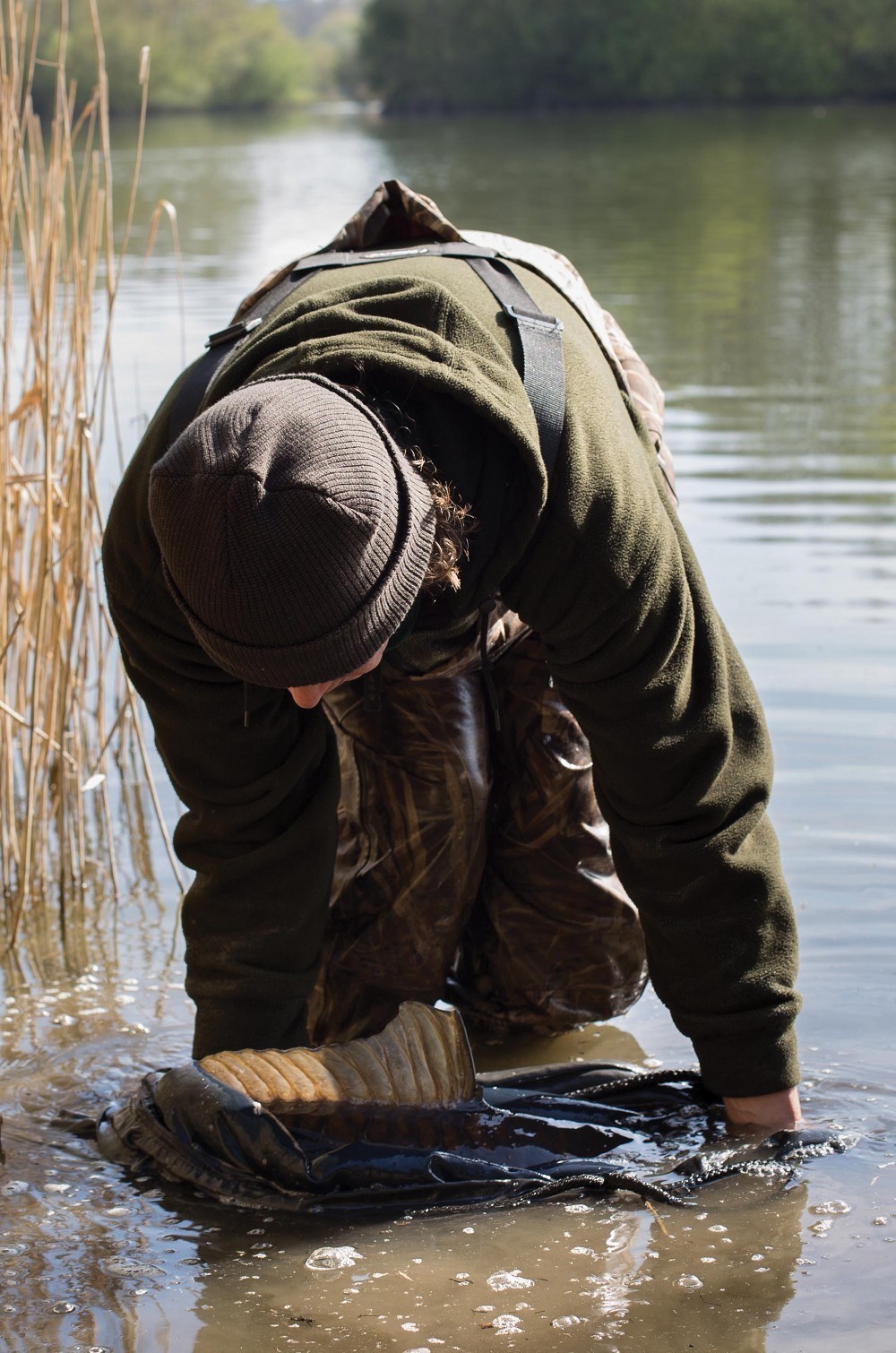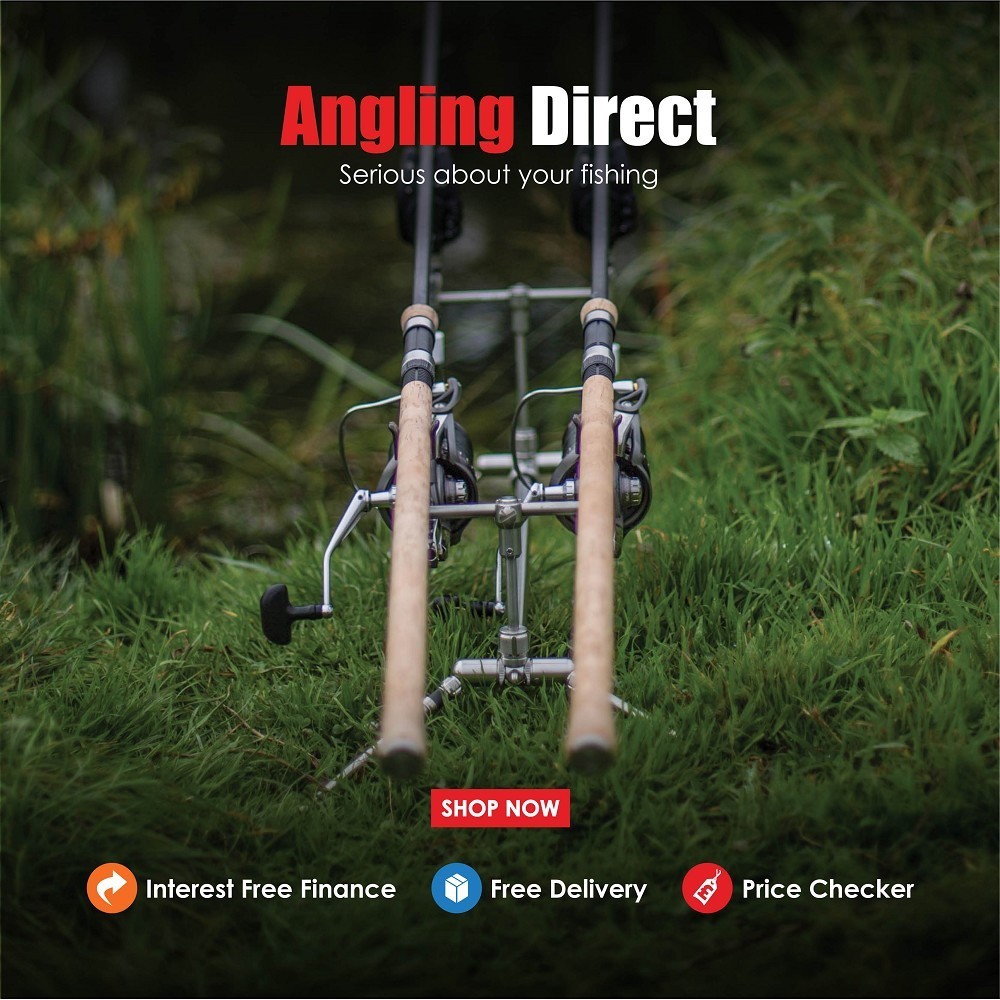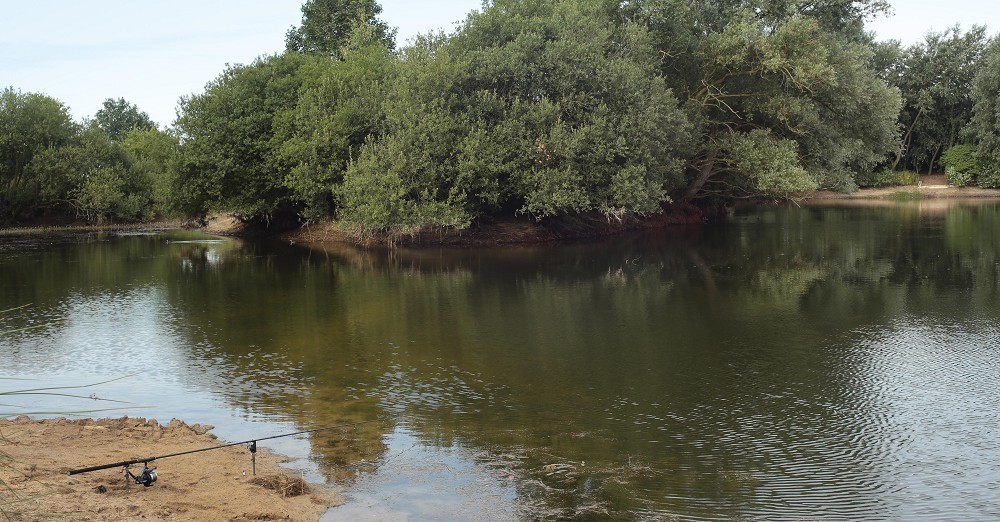
Should you avoid the obvious spots?
Tel offers up his thoughts on avoiding the obvious features...
Question: I know what Chilly is getting at by avoiding the raised gravel bars and general firm clean areas, but I really do believe these spots have their merits. Yes, they are the spots that most anglers will gravitate towards, and therefore the spots that the fish are caught off more often, but gravel is usually raised and fish have short memories, so a raised area in spring and early summer where a rig and baited trap can be perfectly presented can be often be the most productive. Especially with the consideration that the upper-layers are likely to be the warmest in early season.
That’s not to say all my fishing is this way, it isn’t, it varies from water-to-water, session-to-session, day-to-day and sometimes hour-to-hour. I’m a big fan of fishing in weed, but it’s the type and height of weed that is important. If the fish are in an area where I know there is a big raised clear spot then I’m happy to put a short rig on the spot, but if the fish are active and it’s obvious that they are in the weed then I will fish this instead. Ed Betteridge
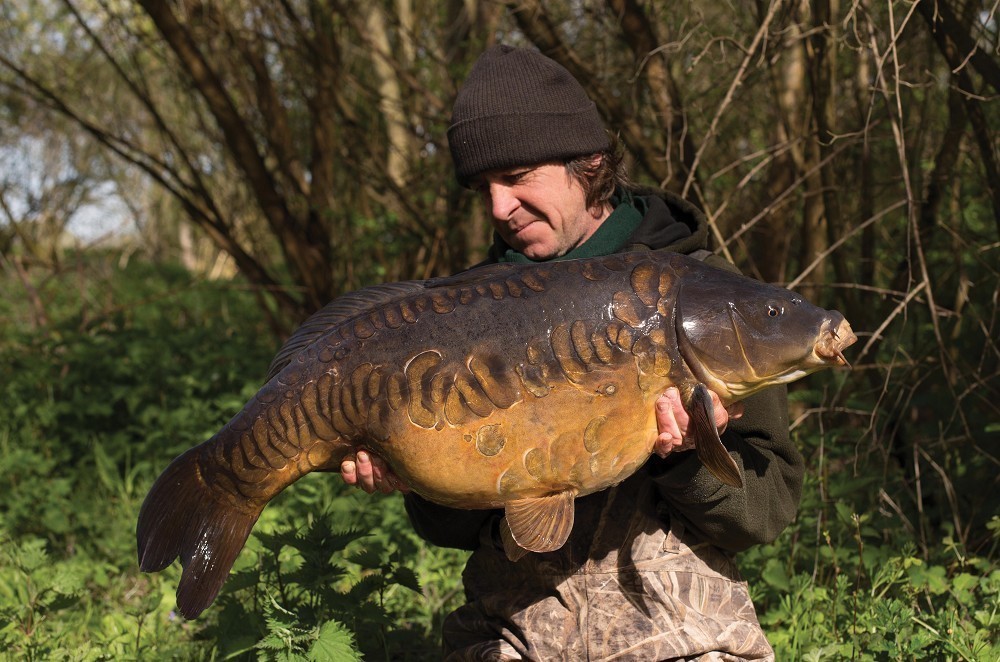 A recent corker taken from an area where the first shoots of weed were starting to grow. Gravel, sand or clay, who cares, it’s where I noticed that the coots were feeding so it looked good for a rod
A recent corker taken from an area where the first shoots of weed were starting to grow. Gravel, sand or clay, who cares, it’s where I noticed that the coots were feeding so it looked good for a rodAs Ed says, our fishing varies greatly from venue-to-venue and day-to-day, and with so many variables that some of these subjects aren’t easy to write about decisively. What might be too blatant on one water might be the perfect spot on another, but I do find myself avoiding the larger, more blatant areas if I happen to be fishing somewhere that’s well fished. Sometimes you just know that an area is too open and weed-free in comparison with the rest of the lake, too easily presentable, and it’s easy to see that it’s been heavily fished over a long period of time. It reminds me of one of Steve Webb’s little sayings from my time on St Ives Lagoon: “Last year’s spots are last year’s spots.” It’s not always true, but I’m sure we can all think of plenty of examples when it has been, especially when talking areas that have been heavily baited and worked over time, when they can easily become too clean.
It really is down to the venue, there aren’t any rules, and sometimes simple things like water clarity has a big influence too. All is just fine whilst the fish are still active and colouring things up, but as soon as the colour starts to drop out of the water the true barren nature of the area begins to show, and suddenly the fish don’t feel so safe anymore.
I remember at Northwyke there was a perfectly clean, clay bar between The Point swim and the island. It was only shallow, probably no more than two-feet deep as the water was pretty low at the time, and to look at it in bright sunny conditions and fairly clear water it was hard to imagine anything stopping there to feed. The water over it was shallow enough to wade across out to the island, and in doing so you’d leave a trail of milky, clay coloured water behind. The water to the right of the bar dropped away fairly sharply, and from the height of the swim it was easy to watch as the cloudy water mixed with the deeper clear water, and it didn’t take long for fish to come in and investigate.
A short Hinge-rigged pop-up with a dozen or so free offerings tossed in around it went on to produce a plump common of 27lbs, a fish I’m quite sure wouldn’t have fed there if the water hadn’t been coloured.
During my very first trip to Wasing last September I remember walking round and noticing that one particular swim was really coloured, but not knowing the lake at all I wasn’t sure if it was fish activity or one of those areas that always held colour, like you get on some lakes. Anyway, there was lots going on all over the lake so I never really thought too much of it, not until my next trip when it was noticeable how much clearer it had become, at which stage I knew. I did fish it and even caught a couple from the swim, but it was noticeable how the clearer it got, the harder it got to get a take from there. Basically it was a big bowl-like clean area with no cover or weed, too bald and too barren. There were other options to the outside edges of the swim, but that big bowl-like area straight in front died a death as the water cleared, something I’ve seen happen on a lot of lakes in the past.
Sometimes we just need to bear in mind that there are no strict rules, the waters we fish can be changeable and no matter what the bottom is like the best spots to be fishing are the ones where the fish are happy to feed. Keep catching ‘em.
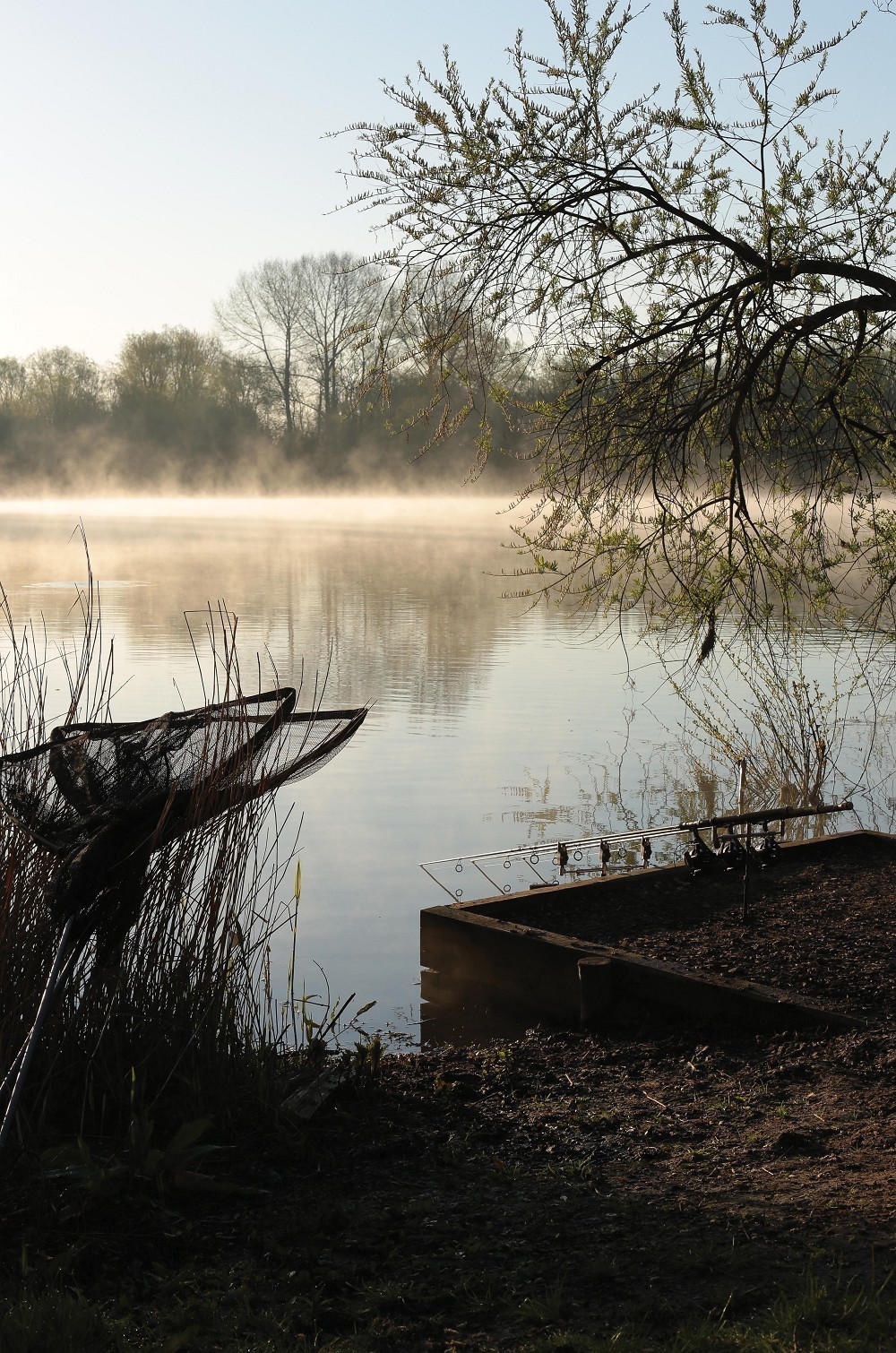 It’s best not to get too caught up in fishing ‘spots’ or worrying about whether it’s gravel, clay or silt, just concentrate on putting them wherever the fish are feeding
It’s best not to get too caught up in fishing ‘spots’ or worrying about whether it’s gravel, clay or silt, just concentrate on putting them wherever the fish are feeding


